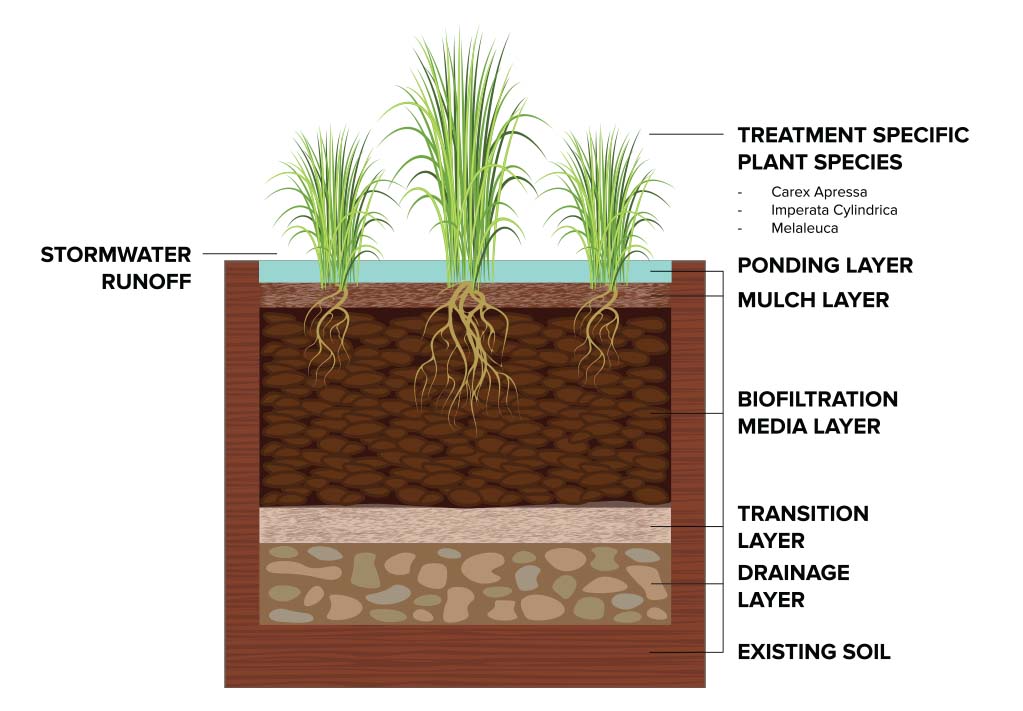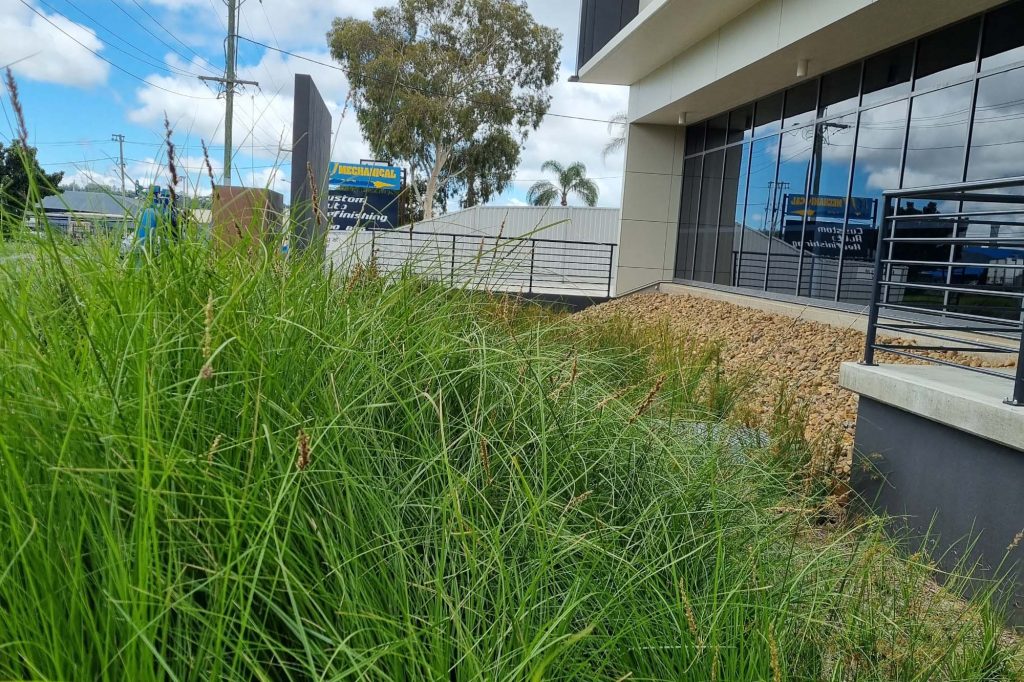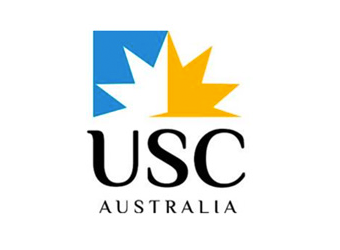
Naturalised systems bridge the gap between our urban spaces and nature – and bioretention is a fundamental part of modern stormwater designs, green infrastructure, and sustainable assets.
Bioretention media mimics the infiltration properties of our natural green space and supports plant growth, stormwater treatment, and water retention. It slows flows of stormwater runoff that travel through our urban areas and mitigates flooding in surrounding areas.
Our engineered bioretention media is formulated from high-quality sandy loam, MRTS Form G compost, and gravel, and sown with plants selected for their pollution removal qualities. Appropriately graded and standardized, the components of quality bioretention mediums are engineered to meet requirements for hydraulic conductivity, plant growth, filtration, and fast drainage.
SPELBio is engineered to tick these boxes and ensure that your green infrastructure is underpinned by high-performance bioretention.
Bioretention: Designing the Layers Below
Ponding Layer
Bioretention basins are often designed to hold water in a ponding layer, which allows it to slowly infiltrate. Overflow outlets allow excess water to drain directly in case of a large storm or flood, and ponding layers can be exchanged for extended detention.
Maintenance: Occasional overflow maintenance after rain events, particularly if the basin is not draining.
Mulch Layer
Mulch forms a protective layer that supplies very coarse filtration, stops the germination of weed species, and protects the biofiltration media beneath. It helps soils to retain water and captures sediment and debris. As mulch breaks down, it creates organic matter that helps support plants and bioorganisms.
Maintenance: Mulch replacement. Remove germinating weed species.
Plants
Healthy plants are essential to water quality and infiltration! The biological processes of plants sequester pollution and uptake nutrients. Their root systems create voids in the underlying media, which allow water to ‘soak’ through.
Maintenance: Watering & general plant care. Weeding and removal of pest species.
Biofiltration media layer
This porous media is a mixture of sand, MRTS Form G compost and fines (clay or silt), and acts as a growing media for plants and a filtration media for stormwater. Engineered to meet hydraulic specifications, it is designed to retain water and allow it to slowly percolate and drip through.
Maintenance: Replacement of media after prolonged ponding.
Transition Layer
The transition layer is a layer of sand that stops the filter media from being transported into the drainage layer.
Drainage Layer
The drainage layer, typically aggregate, ensures that water can move from the bioretention into surrounding soils and nearby drainage pipes. This helps to prevent the water from saturating the bottom layers for extended periods – and the layer is sized appropriately for flow rates and catchment volume.
Maintenance: Assessment of water conveyance and ponding.


















